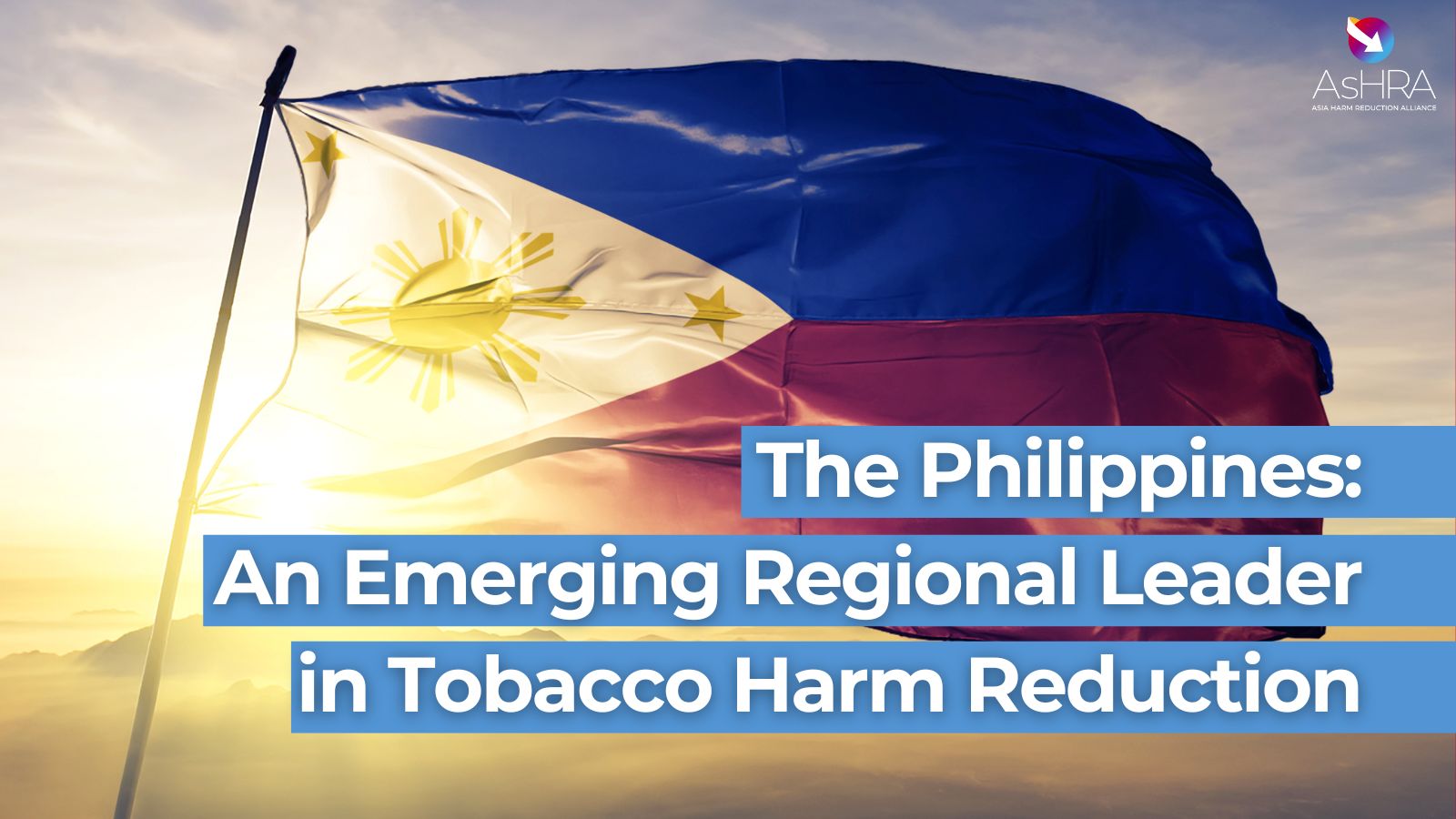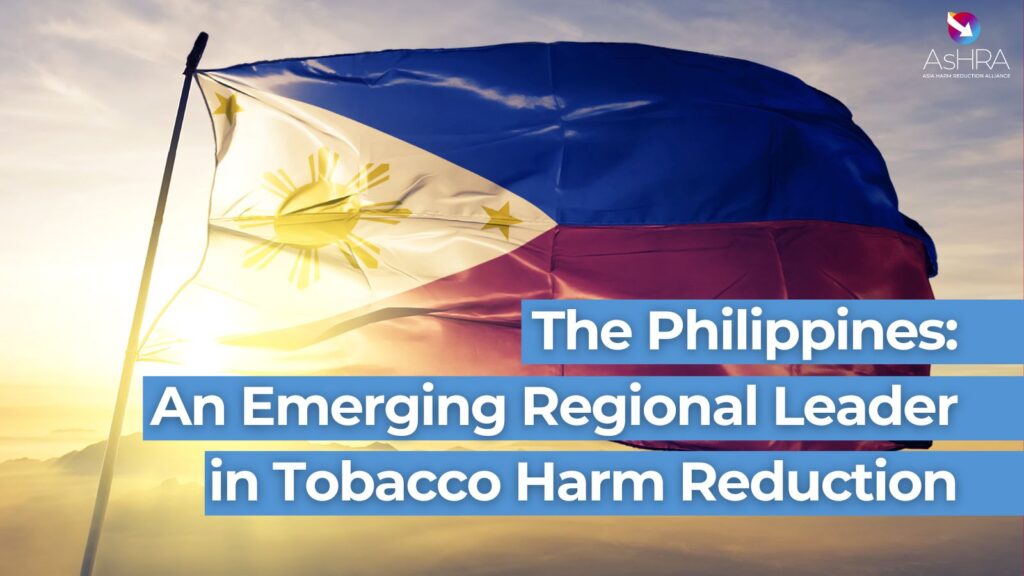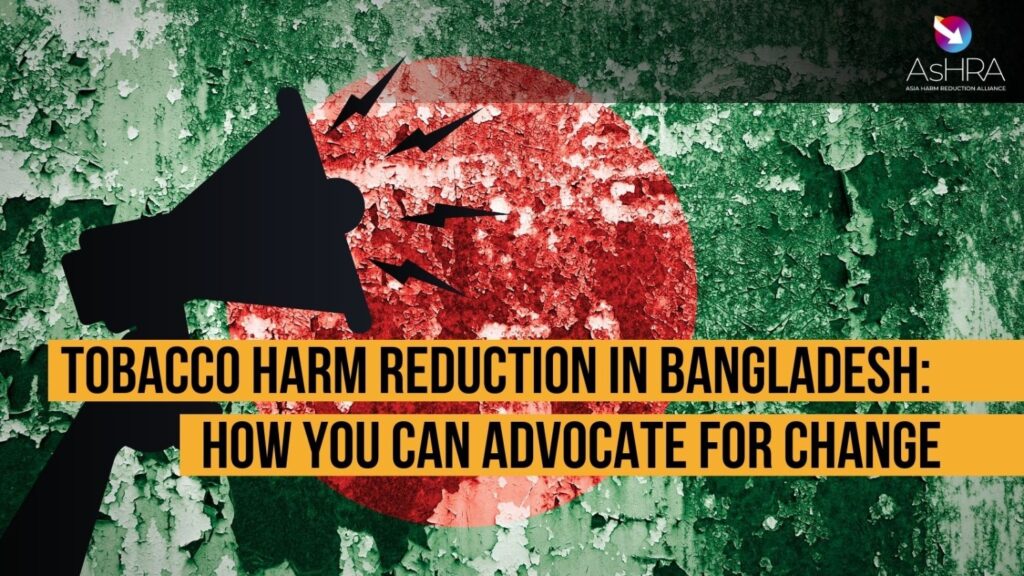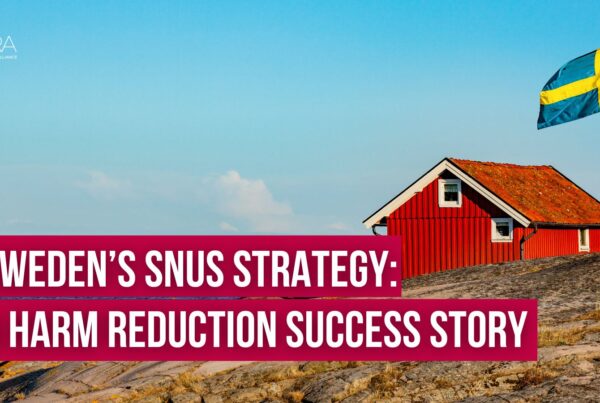How risk-proportionate regulations and government support can help change a country
In 2022, the Philippines made meaningful progress in adopting a progressive stance towards tobacco harm reduction (THR) by establishing the Vaporized Nicotine and Non-Nicotine Products Regulation Act, also known as the Vape Law. By creating this act, the nation became a regional leader in tobacco harm reduction. The Filipino Vape Law sets clear guidelines for the use, marketing and sale of THR products and clearly showcases it as a different category than combustible products. Additionally, it also provides a strict age restriction for the sale of THR products. This invalidates the misinformed yet oft-cited argument that the integration of vaping as an alternative to combustible cigarettes can cause the rise of youth addiction.
Through the Vape Law, the Philippines clearly shows its understanding of risk-proportionate regulation regarding tobacco control – the understanding that minimizing harm and embracing lower-risk products is crucial in achieving the smoke-free goals cited by international organizations and aspired for by nations worldwide. The success of such an approach has already clearly been seen and researched in countries like Sweden and New Zealand. With the direction it is heading, the Philippines promises to be just such an example for its region. Neighboring countries struggling with high smoking rates and the high burden of disease that accompanies tobacco use can also learn from the Philippines – particularly as they may share similar economic and cultural portfolios.

Local response to this act has also been positive. Dr. Lorenzo Mata Jr, a well-known harm reduction expert in the Philippines and president of the advocacy group ‘Quit For Good’ shares that ‘We support the Vape Law because it provides a comprehensive regulation that will protect consumers and promote responsible trade, ensuring minors and non-smokers are protected.’ This is particularly significant for the public health of the nation as ‘ten Filipinos die of smoking-related diseases every hour.’
Dr. Mata has also importantly shared how ‘the Vape Law reflects the government’s position that innovative smoke-free products, proven by scientific research to be far less harmful than traditional cigarettes, should be regulated as options for smokers who wouldn’t quit otherwise.’ This quote beautifully showcases the necessity for THR and the strong and supported case it makes.
Although there remain cultural challenges to embracing THR and misconceptions about its benefits, a detailed and established law is a very significant step in the right direction. Such a positive signal for the government also allows new spaces to emerge that can positively and proactively support THR. Just a few months after the establishment of this act, Manila hosted the 5th Asia Harm Reduction Forum, which discussed existing road-blocks for harm-reduced alternatives and developed a declaration “urging the governments in Asia to adopt science-based regulatory frameworks on the manufacture, importation, sale, and consumption of devices and ingredients that are safer alternatives to tobacco such as vapes and other electronic devices.”
Following up on the Philippines in 2025, we hope to report continued progress and encourage cultural and data-based differences in the three years since the Vape Law passed.
Related Posts
 Time to support Filipino vape law, not relitigate it
Time to support Filipino vape law, not relitigate it
Time to support Filipino vape law, not relitigate it
 Greens’ Plan To Legalise Nicotine Vapes Lauded
Greens’ Plan To Legalise Nicotine Vapes Lauded
Greens’ Plan To Legalise Nicotine Vapes Lauded
 Taiwan Vaping Ban Disappointing For Its Many Smokers
Taiwan Vaping Ban Disappointing For Its Many Smokers
Taiwan Vaping Ban Disappointing For Its Many Smokers
More about
Alcohol Harm Reduction
More about





